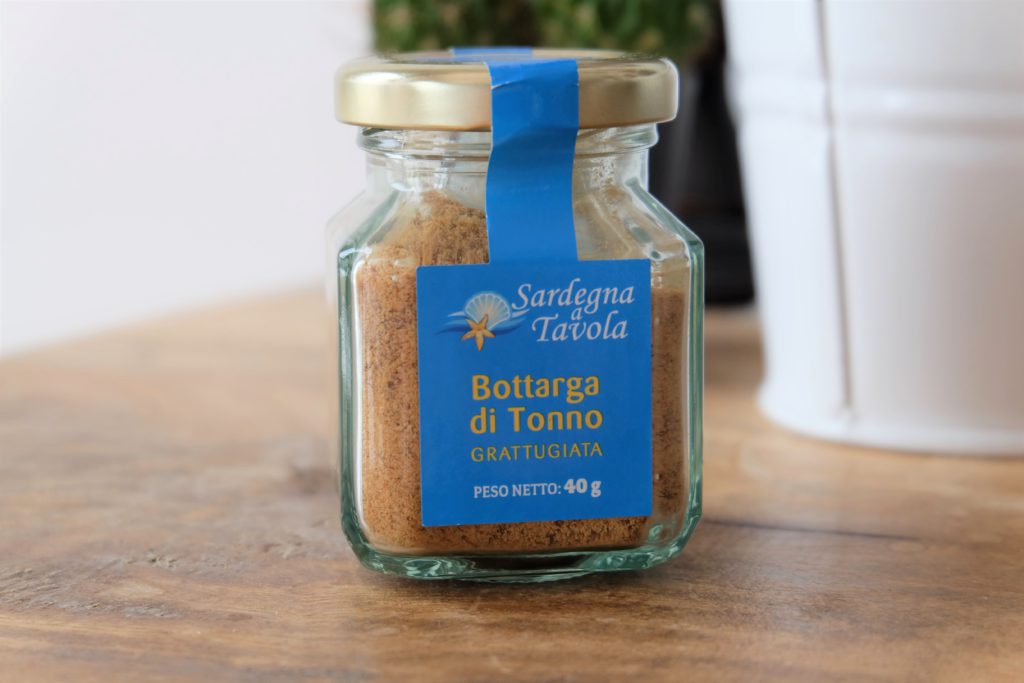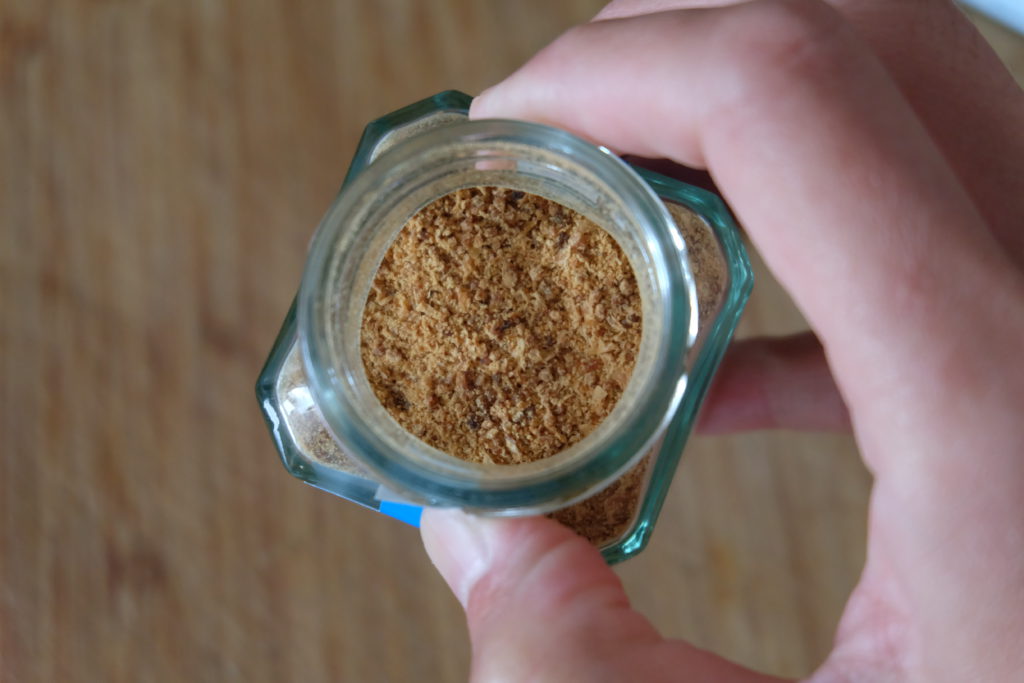Bottarga is a delicacy in southern Italian cuisine. It is a condiment made from the dried cured roe pouch of either the grey mullet or the bluefin tuna. Similar to the ‘karasumi‘ of Japan, bottarga has been hailed by many as the top secret flavour bomb in many Sicilian and Sardinian dishes. Sometimes called the ‘ Mediterranean caviar’ or ‘truffle of the sea’, bottarga is deeply savoury and adds an incredible amount of umami punch to all your Italian recipes.
Where did bottarga come from?
Now a secret feature of Southern Italian cuisine, bottarga was found throughout the Mediterranean in ancient times. The word ‘bottarga’ itself comes from the Arabic ‘buṭarḫah‘ بطارخة from Byzantine Greek ᾠοτάριχον (oiotárikhon) meaning ᾠόν ‘egg’ and τάριχον ‘pickled’.
But the condiment itself was introduced by the Phoenicians 3,000 years ago!

What are the different types of bottarga?
There are two main types of bottarga in Italy: bottarga di tonno and bottarga di muggine
Bottarga di tonno
Used mostly in Sicilian cuisine, the bottarga di tonno is made with the roe pouch of the Atlantic bluefin tuna. It is salty, fishy and very punchy. It also is of a deeper brown. For some reason, it is not as known as the other variety of bottarga, and not as prized. But I do use it because I quite enjoy the direct marine umami punch of the bottarga di tonno.
Bottarga di muggine
The most prized variety of bottarga is the bottarga di muggine, from the island of Sardinia. The bottarga di muggine is made from the grey mullet, and is most famously produced in the Cabras lagoon in the west of Sardinia.
Grey mullet are caught in Cabras around September when they’re the fattest. After three months of sunning and airing, the simple roe pouch is transformed into the prized “Sardinian gold”. That is also because it looks yellowish and lighter in colour than the tuna variety.
The bottarga di muggine is subtle, less briney and has a deeper, more complex flavour than the bottarga di tonno.
How do you use bottarga?
Bottarga comes in a big block. You can also buy it already grated, stored in a jar, like me.
There are many ways to enjoy your bottarga, here are just a few suggestions:
As a starter
Cut thin slices of bottarga, add a bit of ground pepper and extra virgin olive oil. This is the purist way of enjoying the umami flavour of the prized bottarga di muggine.
You can also ground it onto your favourite bruschetta.
On pasta
It is a tradition in Southern Italian to ground bottarga onto your pasta upon serving. It adds so much flavour at once. A simple aglio e olio or pasta al limone turns into a wondrous dish.
In Sardinia, the spaghetti con bottarga is a simple spaghetti dish dressed with olive oil and sprinkled with grated or sliced bottarga. And it tastes out of this world.
On eggs
Like truffles, bottarga makes a good marriage with eggs. Do a soft scrambled eggs and ground some bottarga onto it, the eggs will turn instantly into a sumtuous treat.
Where can you buy bottarga?
You can find bottarga in most supermarkets in Southern Italy, as well as markets. If you have the occasion to visit either Sicily or Sardinia, you should bring back a few bars of bottarga.
However, most Sardinian grocery stores outside of Italy also sell bottarga, as it is such an important part of their cuisine and identity. Although the price will be higher of course.
Once bought, you should store your bottarga in the fridge. Although it has been salted and cured, it cannot last forever, so it is best that you enjoy your bottarga as often as you can.






